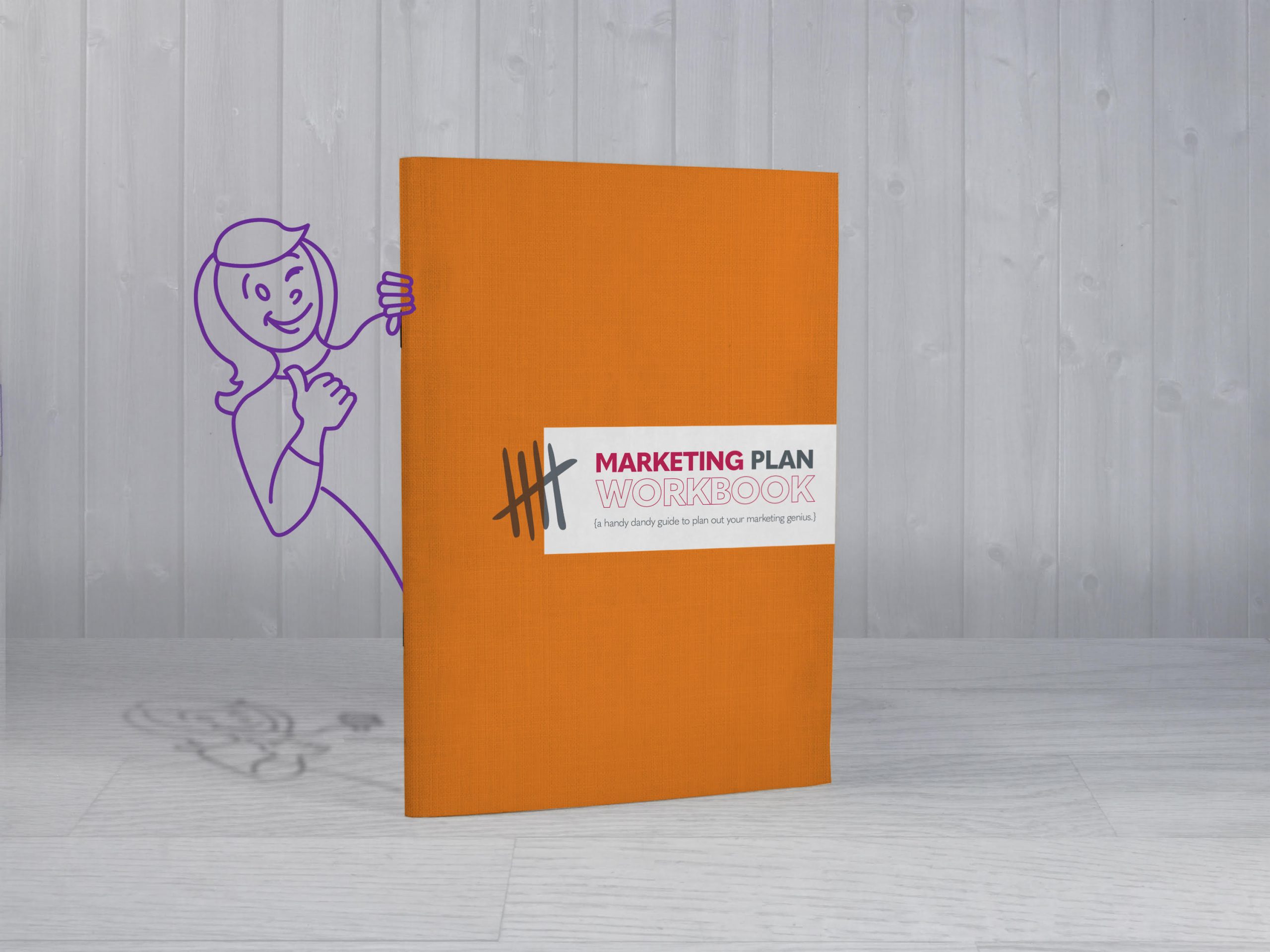Nonprofit Marketing Campaigns: 10 Critical Elements
Sometimes campaigns start with a good creative idea, a media execution, or a need for an audience to respond. However they start, you can’t skip to the end (the good stuff) and expect results without touching all the steps in between. Here are 10 critical elements to campaign design. Five are highlighted in the video above, with five more included below (plus some goodies).
Critical Element 1: A Theme Your Brand Can Stick To
Your campaign name, theme, message, and look need to be the peanut butter to your brand’s jelly; not oil and water. Ensure your campaign materials are related to your established brand guidelines and anyone who knows you will be able to spot and connect it right away.
Want a good example? Take a look at Macmillan Cancer Support’s website here. Then go take a look at how they incorporate their branding into their year-end giving campaigns like this post.
It’s also important that this theme is memorable and unique. You want to be able to own it and make your efforts last. Check out my video where I talk about the 5 rules for a brand, logo, and tagline, which certainly apply to campaigns, too!
The next most important piece of your theme is a campaign name or even a headline! It should be short and clear – letting your audiences know why they should care, all within a few seconds.
Critical Element 2: Emotive Look and Messaging
Your campaign comes to life with visuals. These need to dovetail with your brand standards but need to be emotional enough to hold the attention of your audience, too. Show the delivery of your mission and the people who benefit, not just inanimate objects that are used in your operations. Let’s say one part of your services is training. Show people gathered for training or working together to learn, not just a room with a circle of chairs. If your brand colors are purple and white, don’t make your campaign all red. Stick with what you know, but pump it up with emotion!
Critical Element 3: A Strong Call-To-Action
There’s no reason to put effort into making a campaign happen without a desired outcome. So, consider your end goal and incorporate a strong call to action. There are times when you simply want people to know you exist, but at the very least you want them to check you out on Instagram or find out more about your volunteer opportunities, for example.
Need some idea starters for a good CTA? Download hundreds of ideas here.
Critical Element 4: A Reason For Being a Campaign
You need to be able to answer the question “Why?” “Why now?” “Why should I do [fill in the blank]?” “Why should I care?” Maybe it’s an important time for your organization, launching a new program, an anniversary, a big event, or awareness day/week/month (think Breast Cancer Awareness Month for cancer-focused nonprofits). Have a reason to be out engaging your audiences!
One of the best personal examples of this was a mini-campaign that was created many years ago at my previous agency. To encourage maximum media coverage for our client, the USO, we created The Patriotic Six—the Six weeks between Memorial Day And Independence Day—when Americans’ thoughts turn to matters of patriotism.
The promotion of the Patriotic Six went something like this: “We know you can’t cover the USO exclusively all year long, but during Patriotic Six, please consider putting us to the head of the line.” The second year, we received calls from the media reminding us that Patriotic Six was coming and asking for material! By the fourth year, we had everyone convinced that the Patriotic Six had been around forever.
Critical Element 5: A timeline That’s Not Too Short or Too Long
Campaigns need time to get reach (impressions) and frequency (reaching the same person potentially more than once) to get traction. That takes time! In my experience anywhere between 4 and 12 weeks is a good length of time for a campaign to be in full swing. Too short and people won’t have enough exposure to act. Too long and people get tired.
Now, if your campaign creates momentum and you want to ride the wave or build new layers, try a mini-campaign or overlapping timeline approach.
- Mini campaign: Break down an overarching theme into smaller, focused campaigns. Maybe they are singular messages under your campaign umbrella that allow you to get deeper.
- Overlapping timeline: Pulse out different elements one at a time and introduce new elements as others are stale. Maybe you launch a landing page and video content and a few weeks later you release an invite-only event, then a few weeks later, you share quotes from the original video.
Critical Element 6: Using Multiple Channels
There may be times when you may only use social media for a campaign. Others, only your website and email. But in order to get reach and frequency (mentioned above), you need to meet people where they are. So, consider all of your options-digital, offline, etc.
Need some ideas for channels that may work but haven’t thought about yet? Download a list of 250+ tactical ideas here.
Critical Element 7: Great Stories
A great campaign needs great stories. For each campaign element, you need a unique story about the people for whom you’re advocating and about your donors.
Don’t know how you’re going to get your hands on stories? Here are 5+ great starters.
Critical Element 8: Donor Testimonials
Adding to number 7 above, don’t forget to share testimonials from donors to increase your credibility. Good testimony is similar to the power of “social proof” or “being influenced” or even peer pressure (in a good way). You should be collecting this on a regular basis, like through a periodic donor survey.
Critical Element 9: Have a Campaign Committee
You should form and then lean on a campaign committee to help meet all your objectives and effectively spread your campaign across the desired channels. Be sure to detail each member’s objectives to increase accountability.
Critical Element 10: Enough Runway (Time) To Build Before You Execute
If you have a strategic marketing plan, then you most likely have a timeframe identified for your campaign to go live and have therefore built-in time to plan. But if you don’t, and a campaign gets planned “as-you-go” you might find after all the good ideas flow, you have nearly no time to execute! Then, some good ideas meet the chopping block. My best suggestion is to plod, which means create a schedule of developing materials one baby step at a time, in other words, break up the “big things “into smaller tasks and align this with the time you have until you need to go live.



